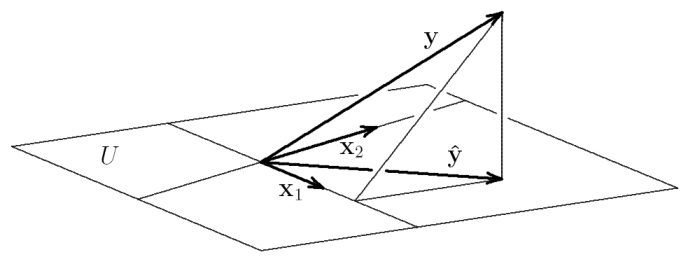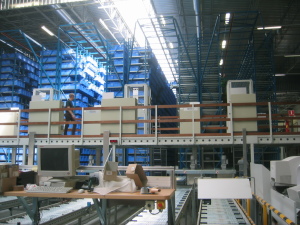
StoNED is the unifying framework for efficiency analysis in which Data Envelopment Analysis and Stochastic Frontier Analysis are specific special cases.
The literature of productive efficiency analysis is divided into two main branches: the parametric Stochastic Frontier Analysis (SFA) and nonparametric Data Envelopment Analysis (DEA). Stochastic Nonparametric Envelopment of Data (StoNED) is a new frontier estimation framework that combines the virtues of both DEA and SFA in a unified approach to frontier analysis. StoNED follows the SFA approach in that it includes a stochastic component decomposed into random noise and inefficiency components imposing the standard SFA assumptions. In contrast to the SFA, however, StoNED does not make any prior assumptions about the functional form of the production function. In that respect, StoNED follows the nonparametric route of DEA, and only imposes free disposability, convexity, and some returns to scale specification. From the postulated class of production functions, the proposed method identifies the production function that best fits the data. The resulting function will always take a piece-wise linear form analogous to the DEA frontiers.
The main advantage of the StoNED approach to the parametric SFA approach is the independence of the ad hoc parametric assumptions about the functional form of the production function (or cost/distance functions). In contrast to the flexible functional forms, one can impose monotonicity, concavity and homogeneity constraints without sacrificing the flexibility of the regression function. On the other hand, the main advantage of StoNED to the nonparametric DEA approach is the better robustness to outliers, data errors, and other stochastic noise in the data. While in DEA the frontier is spanned by a relatively small number of efficient firms, in our method all observations influence the shape of the frontier. Also many standard tools from parametric regression such as goodness of fit statistics and statistical tests are directly applicable in our approach. In summary, StoNED addresses the main points of critique that are usually presented against SFA and DEA, combining the advantages of them both.
read more








